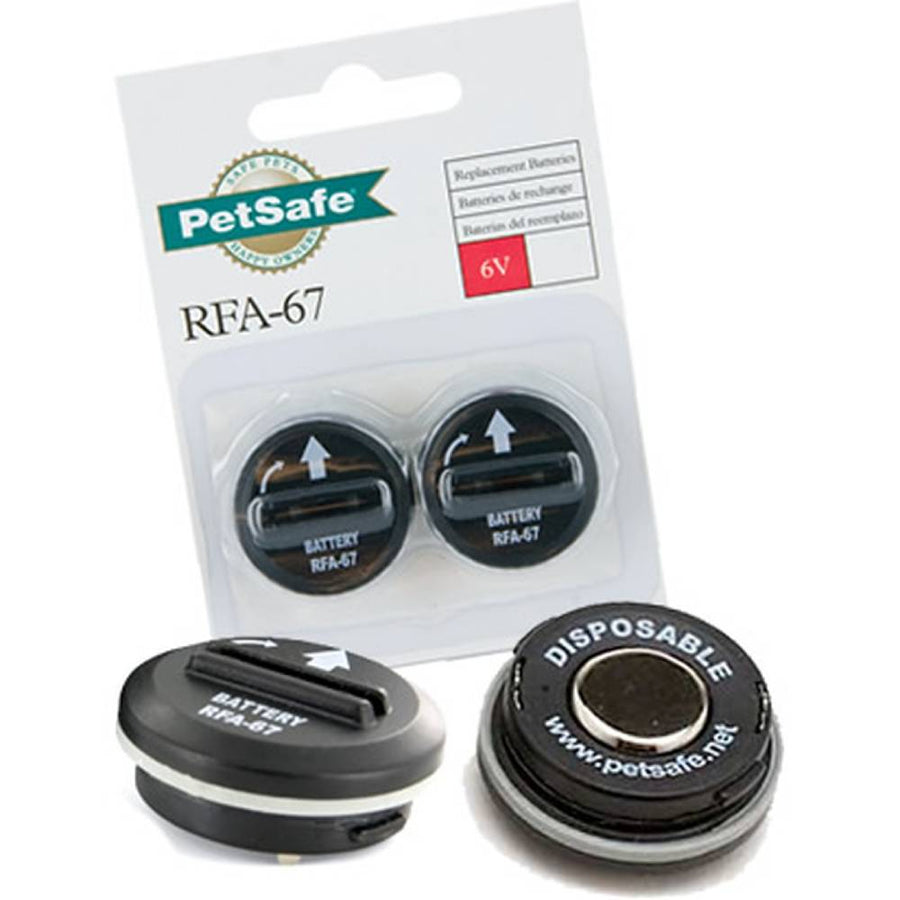Simple Dog Training Tips
Training your dog
Dog training goes hand-in-hand with dog ownership. Dogs are pack creatures and they need authority, as their owner, you become the pack leader, the alpha. It is your job to protect your dog and take care of their safety. While obedience training is an essential class that all owners should enrol in, there are some quick and important commands that you can teach your dog while waiting for a class to begin.The Sit Command
“Sit” is one of the most important commands a pup should learn. It shows good manners and can often keep your dog safe when meeting new people or new dogs.- Hold a treat close to your dog’s nose so that they know it’s there.
- Raise the treat so that your dog’s bottom lowers to the ground
- Say the command word: “Sit”
- Once your dog is sitting, give them the treat.
Come
“Come” is just as essential for your dog’s training. You want this command to instil a sense of urgency in your dog to reach your side as soon as possible and not run in the opposite direction. Practice this in an enclosed area first.- Use a leash - not a retractable lead as this could scare the pup when dropped.
- Use the “Come” command and step back, giving the leash a gentle tug in the right direction.
- Keep your command tone positive.
- Praise the pup as they approach.
- Give treat - not always food - when they reach you.
- Increase distance.
- After this has been successfully mastered, drop the leash when calling pup to ensure they respond to the command and not the tug of the leash.
- Add in distractions and if the pup becomes distracted, give the dog leash a firm tug.
Stay
Sometimes you need to do something but your dog is following you like a shadow. “Stay” is the perfect command to teach your dog to remain in place.- To begin with, ask your dog to sit.
- Hold up a hand with palm facing your dog and say, “Stay”
- Take a few steps back
- If your dog stays, reward.
- Gradually increase the distance
- Always reward your dog for staying in place, even if it’s only for a few seconds.
Leave it
“Leave it” is a vital command for your dog’s safety. Sometimes when walking, your dog might come across a discarded piece of waste. By simply telling your dog to leave it, you are stopping your dog from engaging with something potentially life-endangering.- Place a dog treat in each hand.
- Show one closed fist with a treat inside to your dog and say, “leave it”.
- Let your dog try to retrieve the treat by sniffing, licking, nuzzling etc and ignore him while he does this.
- Once they stop, give them the treat from the other hand.
- Repeat until your dog becomes less interested in the closed hand and moves away when you say “leave it”.
- After this, only give your dog their treat when they move away and look at you.
- Place the less favourite treat on the ground and say, “leave it”, then cover it with your hand.
- Wait until your dog ignores the treat and then remove the less favourite treat and give your dog its tastiest treat.
- Once they’ve got it, place the less tasty treat on the floor but don’t completely cover it, leaving some space between the hand and the treat.
- As your dog learns to ignore the treat, begin to move your hand farther away until your hand is about 15cm from the treat.
- Now he’s ready to practice with you standing up.
The key factors to remember while training your dog:
Don’t rush the process. Your dog is learning something new. Don’t make things worse by getting frustrated or treating it like a chore. Keep training short and daily. Short increments of 15 minutes or less help keep the puppy’s attention on the lesson and reinforcing it several times daily, when you can, does help your dog learn faster. Keep your Puppy stimulated. Dogs like to learn but they need it to be interesting. Keep things varied and change up people and the room to help your pup learn to do their lesson with differences around them. Train early and train often. As mentioned above, short and regular training sessions keep the lesson fresh in your dog’s mind and the younger they are, the easier it is for them to learn. Keep distractions away from your dog. Don’t train your dog in a room with their toys or with a bunch of strangers who may derail the lesson by distracting your dog. Don’t counteract your commands. Don’t train your dog to come to you and then immediately punish them by tying them up or giving them a bath. For those situations, fetch your dog so that your dog does not associate the “Come” command with unwelcome scenarios.
More from:
dogs







